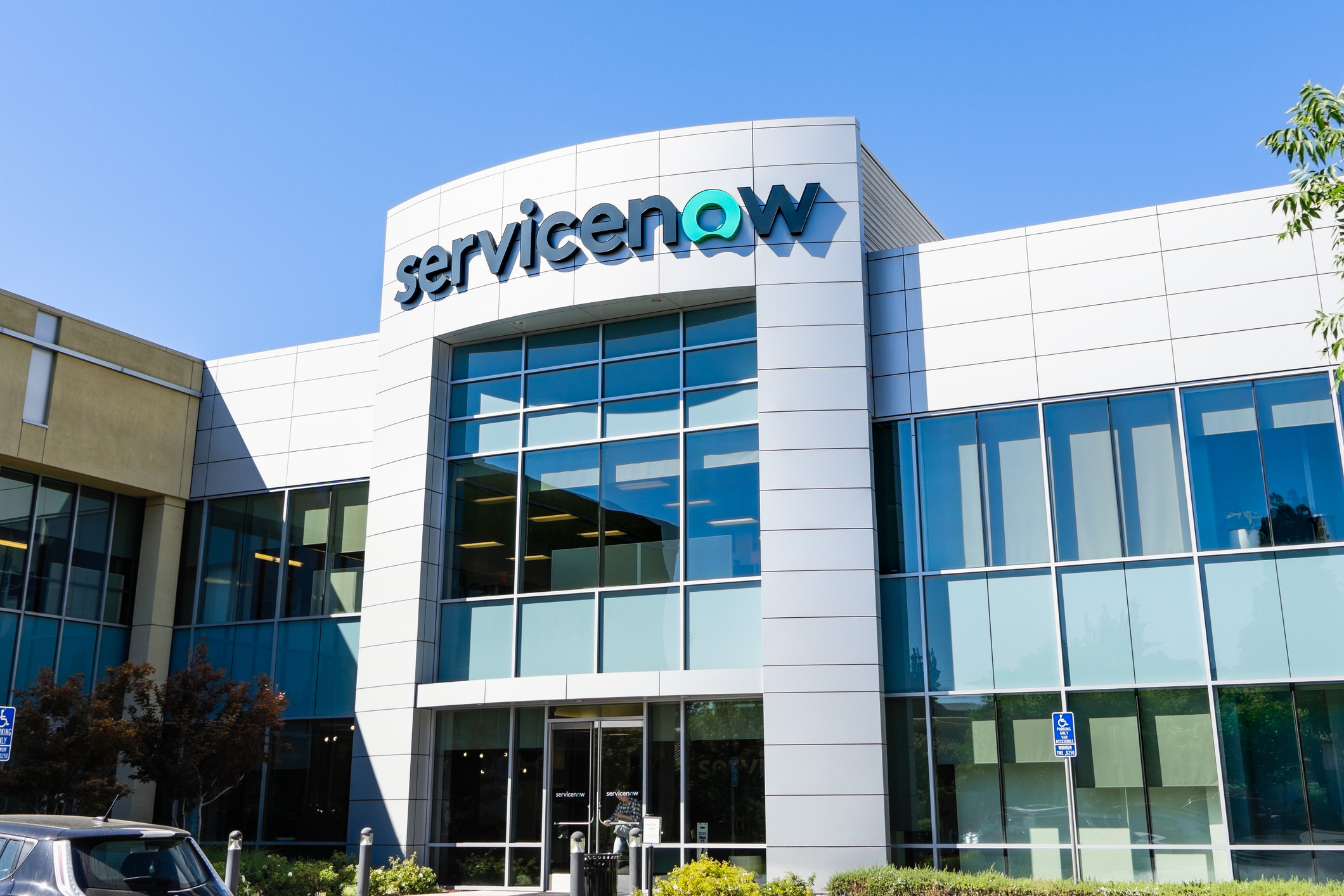Will the next space race feature tech giants rushing to deploy data centers in the sky? Google today announced an effort to launch satellites equipped with the company’s AI chips—something SpaceX CEO Elon Musk and Amazon founder Jeff Bezos are also pursuing.
Google describes Project Suncatcher as a “research moonshot to one day scale machine learning in space.” Like others, Google sees potential in harnessing the Sun to power a new class of data centers that orbit the Earth rather than consume energy here on Earth.
Google will initially launch two prototype satellites in early 2027. Each one will be outfitted with the company’s custom AI chips, called the Tensor Processing Unit, which are available through Google’s ground-based data centers.
“Our TPUs are headed to space!” CEO Sundar Pichai tweeted.
Google is enlisting satellite company and imaging provider Planet Labs to help build the Suncatcher hardware. In the meantime, Pichai noted that his company has already simulated how the TPUs might perform in space.
“Early research shows our Trillium-generation TPUs (our Tensor processing units, purpose-built for AI) survived without damage when tested in a particle accelerator to simulate low-Earth orbit levels of radiation,” he wrote.

Get Our Best Stories!
Your Daily Dose of Our Top Tech News

By clicking Sign Me Up, you confirm you are 16+ and agree to our Terms of Use and Privacy Policy.
Thanks for signing up!
Your subscription has been confirmed. Keep an eye on your inbox!
Google’s ‘Ironwood’ TPU, a successor to Trillium. (Google)
The company published more details in a preprint paper and research post, which reveal that Google envisions potentially using “fleets of satellites equipped with solar arrays” to tap the Sun’s energy in “near-constant sunlight.” To rival the computing capabilities of Earth-based data centers, the satellites could transmit data to each other with the help of space-based lasers, which SpaceX’s Starlink already supports.
Google will need to overcome some major challenges, though, including “thermal management, high-bandwidth ground communications, and on-orbit system reliability,” along with the costs. The paper largely sidesteps a major concern about orbiting data centers: The vacuum of space complicates cooling due to the absence of air to carry away heat. Google offers only a brief statement: “Cooling would be achieved through a thermal system of heat pipes and radiators while operating at nominal temperatures.”
Even so, the company’s research paper concludes “in the long run [space-based data centers] may be the most scalable solution, with the additional benefit of minimizing the impact on terrestrial resources such as land and water.”
Recommended by Our Editors
Google won’t be alone in developing the technology. Musk tweeted last week about pursuing the same ambition, saying his company already has a foundation in Starlink, the satellite internet constellation. In addition, a startup called Starcloud successfully launched its first test satellite, outfitted with an Nvidia AI GPU, this past weekend, with the goal of developing its own network orbiting data centers.
Meanwhile, Google’s research paper notes it would need to rely on SpaceX, its future reusable rockets, and the lower launch costs to deploy its own orbiting data centers.
This Tweet is currently unavailable. It might be loading or has been removed.
“Our analysis of historical and projected launch pricing data suggests that with a sustained learning rate, prices may fall to less than $200/kg by the mid-2030s,” the research post added. “At that price point, the cost of launching and operating a space-based data center could become roughly comparable to the reported energy costs of an equivalent terrestrial data center on a per-kilowatt/year basis.”
About Our Expert

Michael Kan
Senior Reporter
Experience
I’ve been a journalist for over 15 years. I got my start as a schools and cities reporter in Kansas City and joined PCMag in 2017, where I cover satellite internet services, cybersecurity, PC hardware, and more. I’m currently based in San Francisco, but previously spent over five years in China, covering the country’s technology sector.
Since 2020, I’ve covered the launch and explosive growth of SpaceX’s Starlink satellite internet service, writing 600+ stories on availability and feature launches, but also the regulatory battles over the expansion of satellite constellations, fights with rival providers like AST SpaceMobile and Amazon, and the effort to expand into satellite-based mobile service. I’ve combed through FCC filings for the latest news and driven to remote corners of California to test Starlink’s cellular service.
I also cover cyber threats, from ransomware gangs to the emergence of AI-based malware. Earlier this year, the FTC forced Avast to pay consumers $16.5 million for secretly harvesting and selling their personal information to third-party clients, as revealed in my joint investigation with Motherboard.
I also cover the PC graphics card market. Pandemic-era shortages led me to camp out in front of a Best Buy to get an RTX 3000. I’m now following how President Trump’s tariffs will affect the industry. I’m always eager to learn more, so please jump in the comments with feedback and send me tips.
Read Full Bio










